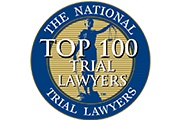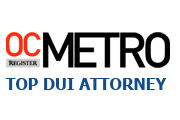ORANGE COUNTY'S "BEST" OR "TOP-RATED" DUI DEFENSE LAWYERS RATED BY SUPER LAWYERS, ORANGE COUNTY'S "TOP-RATED" DUI DEFENSE ATTORNEYS
Legal Details Concerning DUI Sobriety Checkpoints
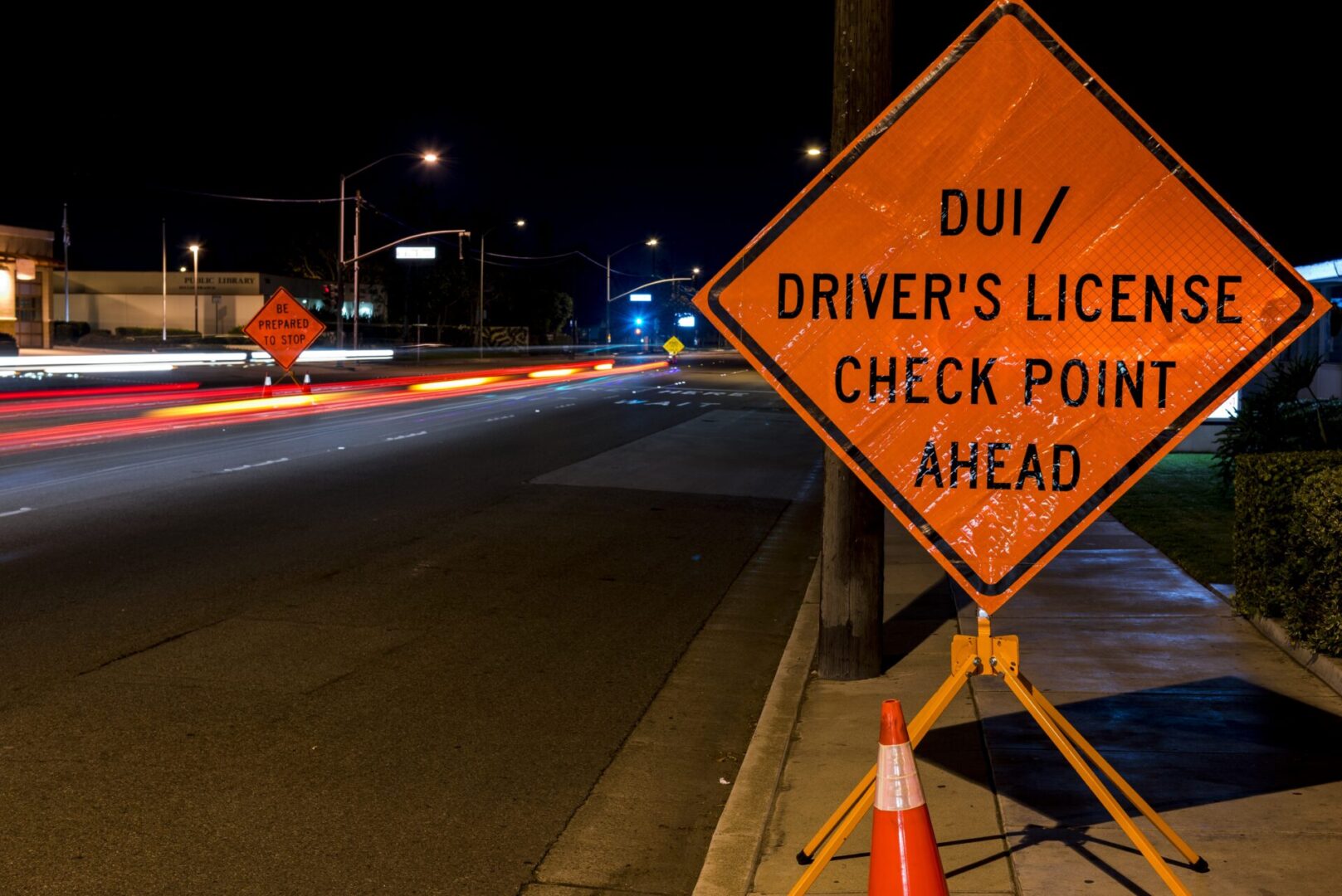
If you were arrested for DUI while going through a DUI Sobriety Checkpoint, contact Peter F. Iocona, Attorney at Law to discuss the legal and/or factual defenses that may exist in your case.
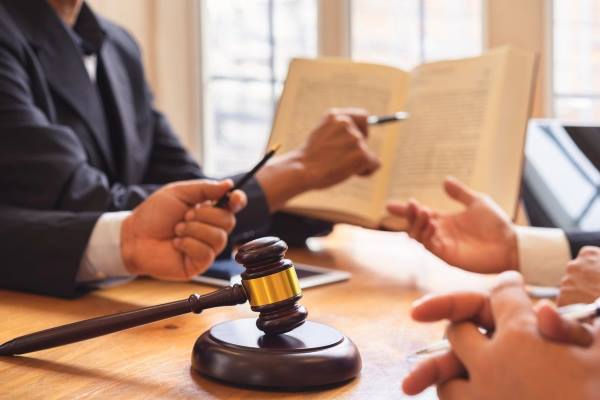
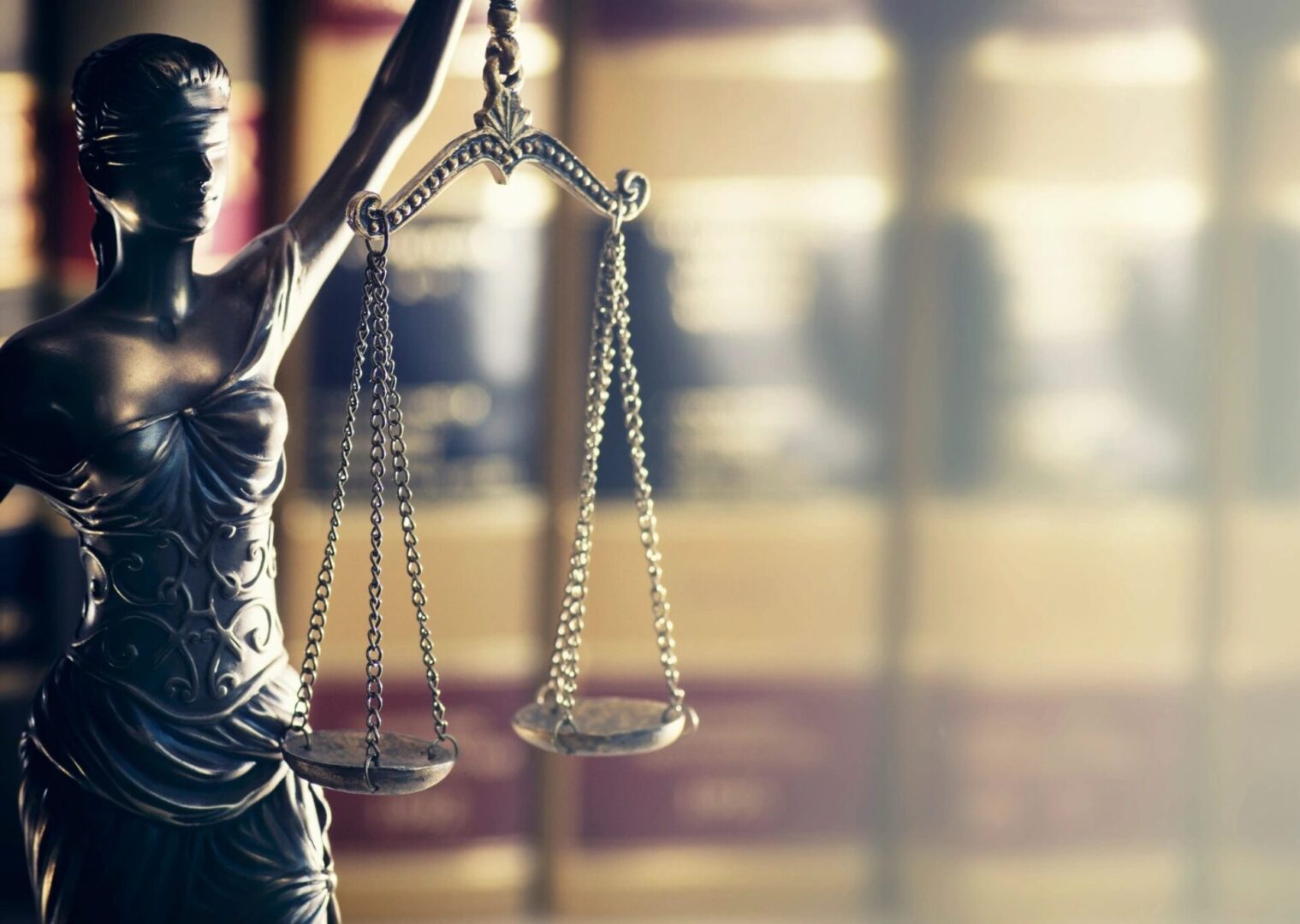
Orange County DUI Attorneys Providing DUI Defense in Orange County - Laguna Hills, Laguna Beach, Orange
CALL NOW!
FREE CONSULTATION: (949) 235-2250
